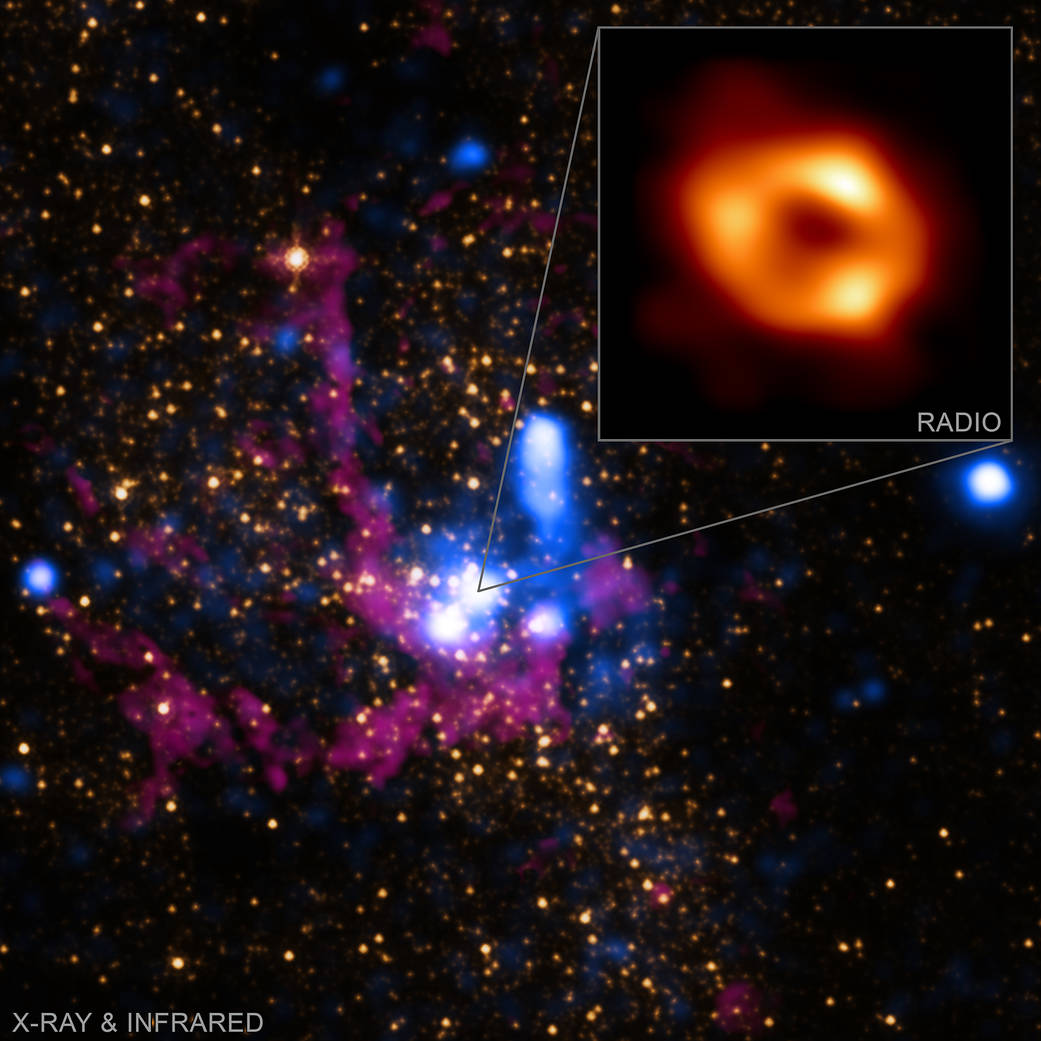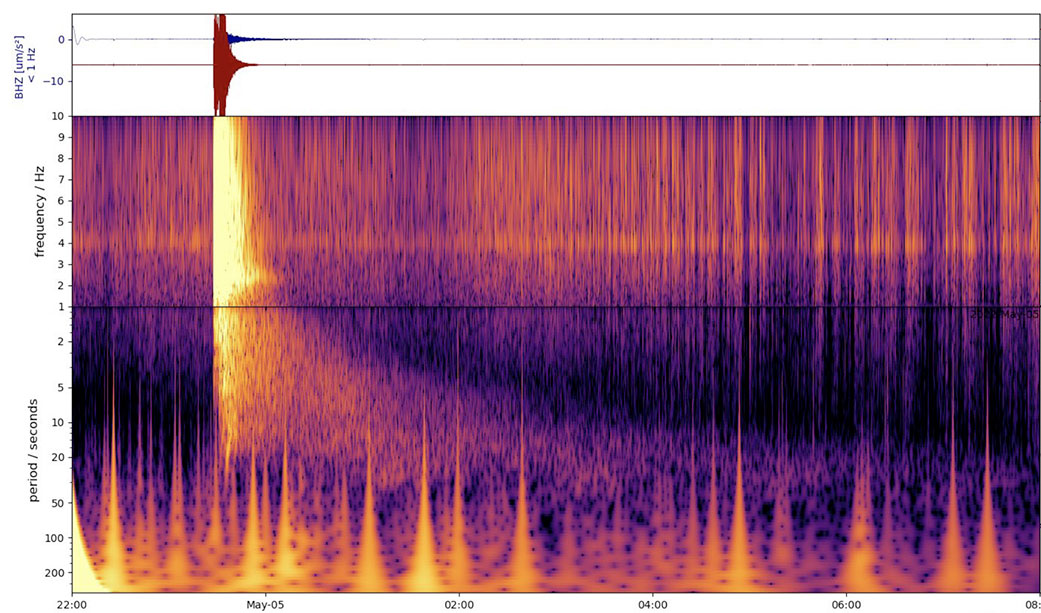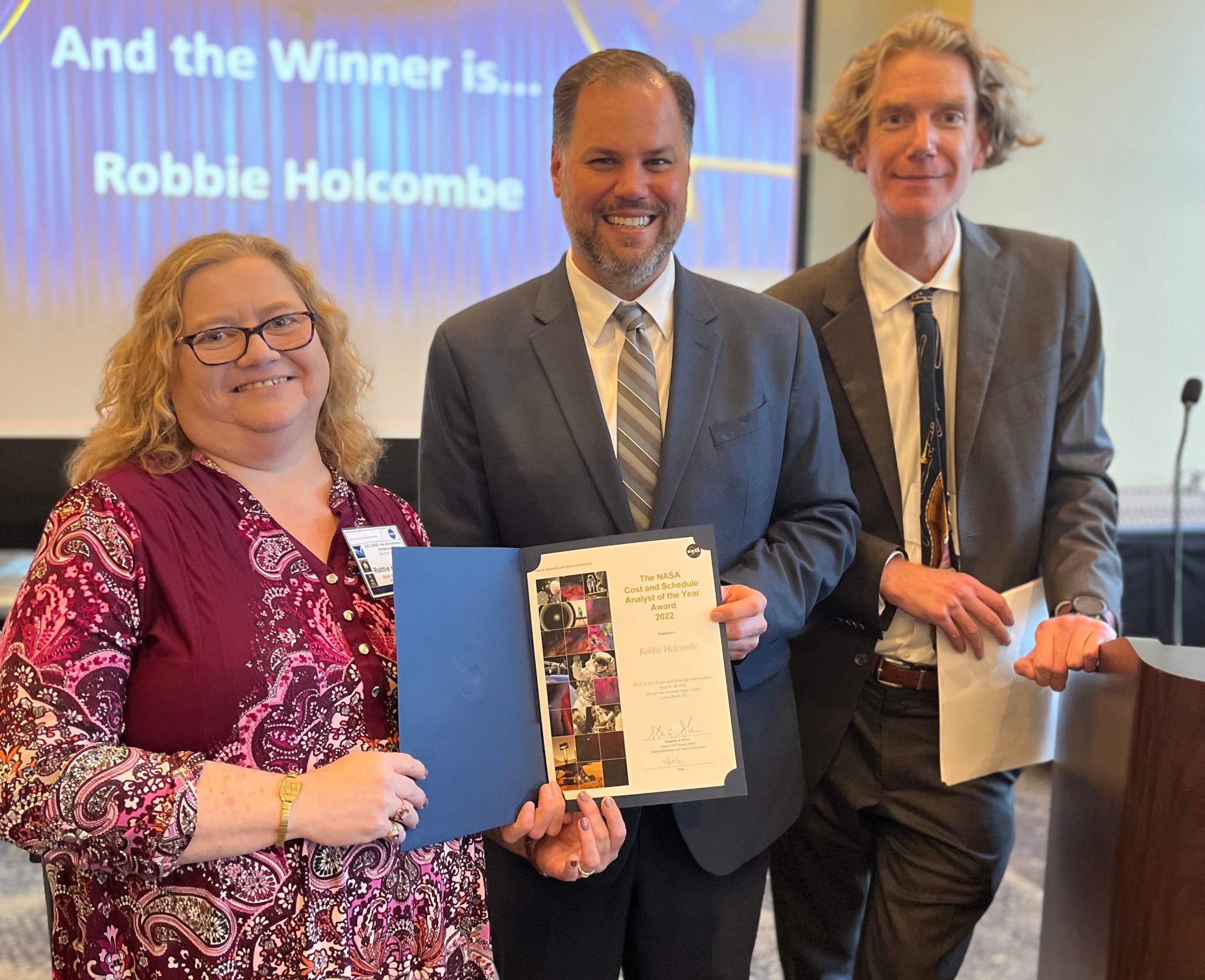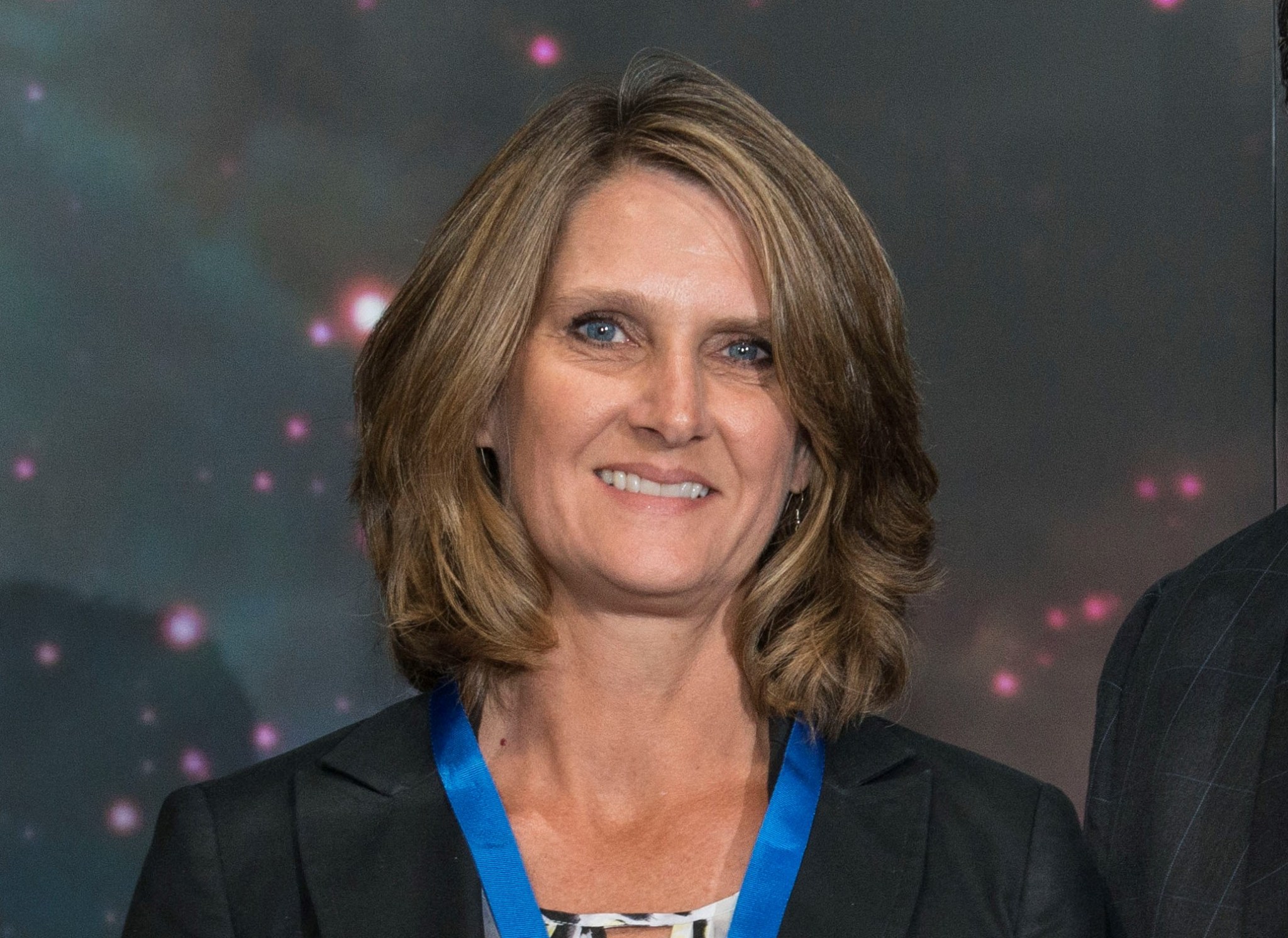Work Continues to Return Artemis I Moon Rocket Back to Launch Pad for Next Test
Teams at NASA’s Kennedy Space Center continue to work on the main tasks needed to prepare the Artemis I Space Launch System (SLS) rocket and Orion spacecraft to return to Launch Pad 39B for the next wet dress rehearsal attempt.
After re-tightening the flange bolts on the tail service mast umbilical lines to address a hydrogen leak identified during the previous wet dress rehearsal, engineers determined the seals on the bolts are no longer relaxing, and the system should remain tightly sealed during propellant loading. As a precaution, teams also moved the location of a heavy cantilevered filter on the tail service mast umbilical, which filters out any contaminants in the gaseous helium – a purge gas – that travels through the drain assist purge line. Engineers did not identify any leaks at its previous location but relocating the filter will ensure it does not contribute to future leaks. Engineers conducted additional leak checks and have not detected any leaks at ambient air temperature.

Additionally, after replacing the helium check valve on the interim cryogenic propulsion stage, engineers found a damaged rubber O-ring seal in the flight side of the quick disconnect – the area that separates the stage from the mobile launcher during launch. The O-ring came loose and entered the valve, preventing the valve from sealing correctly. Teams removed the flight and ground side of the quick disconnect system and replaced support hardware that was downstream of the check valve. Work is underway to determine the root cause to prevent any recurrences. Next, teams will re-pressurize the system and test the replaced hardware on the upper stage.
The supplier for gaseous nitrogen completed upgrades to its facility to meet the requirements for the next wet dress rehearsal attempt. Engineers will test the system next week to ensure it’s ready to support tanking operations. During wet dress rehearsal and launch, teams pump gaseous nitrogen into dry structures to protect avionics during propellant loading.
Teams also completed additional work needed, such as inspecting Orion for water damage that may have occurred during a heavy thunderstorm at the spaceport during the initial wet dress rehearsal attempt. Teams determined there was no damage to the systems inside the capsule and continue with inspections and wrapping up other work before retracting the platforms inside the Vehicle Assembly Building to prepare to roll SLS and Orion back to the launch pad. NASA will announce dates for rolling out to the pad and the next wet dress rehearsal attempt once work inside the Vehicle Assembly Building and testing of the nitrogen system are nearing completion.
Artemis I Mission Availability
The alignment of the Earth and Moon will determine when the Artemis I mission can launch, along with several criteria for rocket and spacecraft performance.
To determine potential launch dates, engineers identified key constraints required to accomplish the mission and keep the spacecraft safe. The resulting launch periods are the days or weeks where the spacecraft and rocket can meet mission objectives. These launch periods account for the complex orbital mechanics involved in launching on a precise trajectory toward the Moon while the Earth is rotating on its axis and the Moon is orbiting Earth each month in its lunar cycle. This results in a pattern of approximately two weeks of launch opportunities, followed by two weeks without launch opportunities.
The periods of launch availability through the end of 2022 are July 26-Aug. 10, Aug. 23-Sept. 6 (preliminary), Sept. 20-Oct. 4 (preliminary), Oct. 17-31 (preliminary), Nov. 12-27 (preliminary) and Dec. 9-23 (preliminary). The launch periods are considered preliminary until mission planners refine the periods based on updated analysis approximately two months before they begin and are subject to change.
Although the next two Artemis missions will be subject to similar launch window criteria, NASA is planning to fly the evolved rocket stage, known as Block 1B, after SLS’s third Artemis flight.
The Block 1B rocket will fly with the Exploration Upper Stage, which replaces the single-engine interim cryogenic propulsion stage that serves as the in-space stage on the initial SLS Block 1 configuration. With its larger liquid hydrogen and liquid oxygen propellant tanks feeding four Aerojet Rocketdyne RL10 engines, the Exploration Upper Stage generates nearly four times the thrust of the interim cryogenic propulsion stage. In addition to daily launch opportunities, it will provide unrivalled lift capability while making a new generation of deep space missions possible.
Learn more about launch periods here.
Sagittarius A*: NASA Telescopes Support Event Horizon Telescope in Studying Milky Way's Black Hole
As the Event Horizon Telescope (EHT) collected data for its remarkable new image of the Milky Way’s supermassive black hole, a legion of other telescopes, including three NASA X-ray observatories in space, was also watching.
Astronomers are using these observations to learn more about how the black hole in the center of the Milky Way galaxy – known as Sagittarius A * (Sgr A*) – interacts with, and feeds off, its environment some 27,000 light-years from Earth.

When the EHT observed Sgr A* in April 2017 to make the new image, scientists in the collaboration also peered at the same black hole with facilities that detect different wavelengths of light. In this multiwavelength observing campaign, they assembled X-ray data from NASA’s Chandra X-ray Observatory, Nuclear Spectroscopic Telescope Array (NuSTAR), and the Neil Gehrels Swift Observatory; radio data from the East Asian Very Long-Baseline Interferometer network and the Global 3-millimeter Very Long-Baseline Interferometer array; and infrared data from the European Southern Observatory’s Very Large Telescope in Chile.
“The Event Horizon Telescope has captured yet another remarkable image, this time of the giant black hole at the center of our own home galaxy,” NASA Administrator Bill Nelson said. “Looking more comprehensively at this black hole will help us learn more about its cosmic effects on its environment and exemplifies the international collaboration that will carry us into the future and reveal discoveries we could never have imagined.”
One important goal was to catch X-ray flares, which are thought to be driven by magnetic processes similar to those seen on the Sun but can be tens of millions of times more powerful. These flares occur approximately daily within the area of sky observed by the EHT, a region slightly larger than the event horizon of Sgr A*, the point of no return for matter falling inward. Another goal was to gain a critical glimpse of what is happening on larger scales. While the EHT result shows striking similarities between Sgr A* and the previous black hole it imaged, Messier 87, the wider picture is much more complex.
“If the new EHT image shows us the eye of a black hole hurricane, then these multiwavelength observations reveal winds and rain the equivalent of hundreds or even thousands of miles beyond,” said Daryl Haggard of McGill University in Montreal, one of the lead scientists of the multiwavelength campaign. “How does this cosmic storm interact with and even disrupt its galactic environment?”
One of the biggest ongoing questions surrounding black holes is exactly how they collect, ingest, or even expel material orbiting them at near light speed, in a process known as “accretion.” This process is fundamental to the formation and growth of planets, stars, and black holes of all sizes, throughout the universe.
Chandra images of hot gas around Sgr A* are crucial for accretion studies because they tell us how much material is captured from nearby stars by the black hole’s gravity, as well as how much manages to make its way close to the event horizon. This critical information is not available with current telescopes for any other black hole in the universe, including M87*.
“Astronomers can largely agree on the basics – that black holes have material swirling around them and some of it falls across the event horizon forever,” said Sera Markoff of the University of Amsterdam in the Netherlands, another coordinator of the multiwavelength observations. “With all of the data that we’ve gathered for Sgr A*, we can go a lot further than this basic picture.”
Scientists in the large international collaboration compared the data from NASA’s high-energy missions and the other telescopes to state-of-the-art computational models that consider factors such as Albert Einstein’s general theory of relativity, effects of magnetic fields, and predictions of how much radiation the material around the black hole should generate at different wavelengths.
The comparison of the models with the measurements gives hints that the magnetic field around the black hole is strong and that the angle between the line of sight to the black hole and its spin-axis is low – less than about 30 degrees. If confirmed this means that from our vantage point we are looking down on Sgr A* and its ring more than we are from side-on, surprisingly similar to EHT’s first target Messier 87.
“None of our models match the data perfectly, but now we have more specific information to work from,” said Kazuhiro Hada from the National Astronomical Observatory of Japan. “The more data we have the more accurate our models, and ultimately our understanding of black hole accretion, will become.”
NASA’s Marshall Space Flight Center manages the Chandra program. The Smithsonian Astrophysical Observatory’s Chandra X-ray Center controls science operations from Cambridge, Massachusetts, and flight operations from Burlington, Massachusetts.
Read the full story here.
NASA’s InSight Records Monster Quake on Mars
NASA’s InSight Mars lander detected the largest quake ever observed on another planet: an estimated magnitude 5 temblor that occurred on May 4, the 1,222nd Martian day, or sol, of the mission. This adds to the catalog of more than 1,313 quakes InSight has detected since landing on Mars in November 2018. The largest previously recorded quake was an estimated magnitude 4.2 detected Aug. 25, 2021.
InSight was sent to Mars with a highly sensitive seismometer, provided by France’s Centre National d’Études Spatiales (CNES), to study the deep interior of the planet. As seismic waves pass through or reflect off material in Mars’ crust, mantle, and core, they change in ways that seismologists can study to determine the depth and composition of these layers. What scientists learn about the structure of Mars can help them better understand the formation of all rocky worlds, including Earth and the Moon.
A magnitude 5 quake is a medium-size quake compared to those felt on Earth, but it’s close to the upper limit of what scientists hoped to see on Mars during InSight’s mission. The science team will need to study this new quake further before being able to provide details such as its location, the nature of its source, and what it might tell scientists about the interior of Mars.
“Since we set our seismometer down in December 2018, we’ve been waiting for ‘the big one,’” said Bruce Banerdt, InSight’s principal investigator at NASA’s Jet Propulsion Laboratory, which leads the mission. “This quake is sure to provide a view into the planet like no other. Scientists will be analyzing this data to learn new things about Mars for years to come.”
The large quake comes as InSight is facing new challenges with its solar panels, which power the mission. As InSight’s location on Mars enters winter, there’s more dust in the air, reducing available sunlight. The lander is gradually losing power and is anticipated to end science operations later this summer. By December, InSight’s team expects the lander to have become inoperative.
After the lander completed its prime mission at the end of 2020, meeting its original science goals, NASA extended the mission through December 2022.
JPL manages InSight for NASA’s Science Mission Directorate. InSight is part of NASA’s Discovery Program, managed by the agency’s Marshall Space Flight Center. Lockheed Martin Space in Denver built the InSight spacecraft, including its cruise stage and lander, and supports spacecraft operations for the mission.
A number of European partners, including CNES and the German Aerospace Center, are supporting the InSight mission. CNES provided the Seismic Experiment for Interior Structure (SEIS) instrument to NASA, with the principal investigator at IPGP (Institut de Physique du Globe de Paris). Significant contributions for SEIS came from IPGP; the Max Planck Institute for Solar System Research in Germany; the Swiss Federal Institute of Technology in Switzerland; Imperial College London and Oxford University in the United Kingdom; and JPL. The German Aerospace Center provided the Heat Flow and Physical Properties Package instrument, with significant contributions from the Space Research Center of the Polish Academy of Sciences and Astronika in Poland. Spain’s Centro de Astrobiología supplied the temperature and wind sensors.
Robbie Holcombe, Belinda Wright Earn Top Cost Estimating Awards
By Rick Smith
Two engineers at NASA’s Marshall Space Flight Center earned top honors April 28 at the annual NASA Cost and Schedule Symposium awards banquet, held in Cocoa Beach, Florida, near NASA’s Kennedy Space Center.
Robbie Holcombe, a cost engineer in Marshall’s Engineering Cost Office, received the NASA Cost and Schedule Analyst of the Year Award for her exemplary leadership and mission-critical performance in cost estimating and analysis at Marshall.
Belinda Wright, the program integration and program planning and control lead in Marshall’s Planetary Missions Program Office, received the NASA Cost and Schedule Leadership Award, which recognizes individual leadership and inspiration to the cost and scheduling community within the broader space industry.
“I’m constantly inspired and energized by the dedication of these two individuals to the success of NASA’s mission,” said Andy Prince, manager of Marshall’s Cost Estimating Office. “They consistently provide shrewd, insightful cost estimating data and analyses to key decision makers across Marshall and the agency. I am thrilled to see Robbie and Belinda recognized for their outstanding work.”
During 2020-2021 alone, Holcombe was lead analyst for no fewer than five major contract and review actions, from an independent government cost estimating effort for the Space Launch System Exploration Production and Operations Contract and SLS Block IB joint confidence level analysis, to cost estimating and analysis for the Space Nuclear Propulsion project and cost proposal evaluation for the Boeing Stages Production and Evolution contract.
Holcombe has been part of the Marshall team for six years. Previously, she worked for 22 years at various U.S. Army facilities on Redstone Arsenal.
Wright leads a team of about a dozen civil servants and contractors – including cost, schedule, and earned value management analysts; resource analysts; and program integration engineer/analysts – who support key project lifecycle reviews and reporting for approximately 35 ongoing projects managed by the Planetary Missions Program Office. The program oversees planetary science missions of various size, cost, and complexity, including joint missions of opportunity with national and international science and technology partners. Wright, who mentors her team and personally reviews products they generate, has been a NASA civil servant for more than 26 years.
“These women have proven themselves time and again not just as analysts but as leaders of analysts, helping NASA fine-tune its planning and processes and developing a more efficient, more executable human spaceflight program,” Prince said.
Information about the awards criteria and selection process is available here. The annual honors are open to current NASA civil servants and to cost estimating personnel at the agency’s Jet Propulsion Laboratory and the Johns Hopkins Applied Physics Laboratory in Laurel, Maryland.
Smith, a Manufacturing Technical Solutions employee, supports Marshall’s Office of Strategic Analysis & Communications.
Sara Yoon Embraces Heritage
By Tee Quillin
Each year, NASA celebrates Asian American and Native Hawaiian/Pacific Islander Heritage Month, highlighting the importance of the culture, traditions, and contributions of our workforce whose roots are from the multitude of islands in the Pacific Ocean and Southeast Asia. The theme for this year’s observance is “Building Legacy Together: Our Communities’ Journey of Strength and Resilience.”
Sara Yoon of the Office of the Chief Information Officer at NASA’s Marshall Space Flight Center shared her vision for building a legacy for excellence at the center and what this month’s celebration means to her.
Name: Sara Yoon
Title: IT specialist
My Role at NASA: We are currently going through transitions in NASA’s mission support services, and I moved to the Cybersecurity Infrastructure Team under the Enterprise Division. Until we have fully transitioned, I’m primarily leading Marshall’s Vulnerability and Patch Management Program. We scan over 10,000 assets across Marshall, including our external sites at NASA’s Michoud Assembly Facility and the National Space Science Technology Center on a weekly basis for security vulnerabilities. My job is to make sure the security tools that scan the systems are operational and the scan data gets sent back to the IT Enterprise Data Warehouse.
Years at NASA: 16 years
Hometown: I’m a second-generation Korean American. I was born in Milwaukee and came to Huntsville when I was about 7. Madison is pretty much my hometown.
My career path to NASA: In 2005, I was a senior at the University of Alabama in Huntsville, and one of my professors posted an announcement about joining NASA’s Co-Op Program. I was already worried about not getting a job lined up after graduation, so I took a leap of faith and applied for the program. I still remember the day that I got accepted. It still feels like my biggest accomplishment because it was getting myself in the door. Although the program delayed my graduation for another year, it was worth it because NASA offered me a full-time job.
How important is diversity and inclusion to the Artemis Generation? I think it should be the new norm. Everyone should have an opportunity to represent themselves and their background. I didn’t see a lot of Asian representation growing up, but now we’re starting to get more visibility – Asian food, K-pop music, sports, etc. I think it’s great to see the younger generation having more Asian role models to look up to so they can build confidence to achieve their goals.
What Asian American and Native Hawaiian/Pacific Islander Heritage Month means to me: I avoided volunteering for the AANHPI events every year until around 2018. I started to realize that I was not setting a good example for new AANHPI colleagues and started getting more engaged and participating in the various events. I am now executive secretary for NASA’s Federal Asian Pacific American Council chapter. Having the opportunity to celebrate AANHPI every year is a big deal and gives us a chance to speak up and feel included.
Quillin, a Media Fusion employee, supports Marshall’s Office of Strategic Analysis & Communications.
Webb Program Director to Deliver Virtual Talk on Increasing Performance
Gregory Robinson, director for NASA’s James Webb Space Telescope Program, will give a presentation via Webex at 11:30 a.m. May 19 as part of Marshall Space Flight Center’s Mission Success is in Our Hands virtual lecture series. In “Increasing the Performance of Complex Systems Development,” Robinson will share the challenges faced and feats accomplished in successfully developing and launching the telescope into orbit. Marshall contributed to the development of Webb, which launched Christmas Day 2021. Webb is the most complex telescope ever built and will serve as the premier space observatory of the next decade, studying every phase in the history of the universe. As director, Robinson focuses on increasing integration and testing efficiency and effectiveness, added additional management processes, and mission success. He will discuss improving the human decision-making process to drive high performance. A former deputy associate administrator for programs for NASA’s Science Mission Directorate, Robinson was responsible for the operations of 114 science flight projects and engaged with 21 space shuttle launches. He also was deputy director at NASA’s Glenn Research Center, as well as the agency’s deputy chief engineer. Robinson also was the acting National Environmental Satellite, Data, and Information Service deputy assistant administrator at the National Oceanic and Atmospheric Administration, where he led the acquisition and management of all NOAA satellite systems. Prior to Robinson’s reassignment to NASA Headquarters in 1999, he spent 11 years in various leadership positions at the agency’s Goddard Space Flight Center. The goal of Mission Success is in Our Hands is to help team members make meaningful connections between their jobs and the safety and success of NASA and Marshall missions through shared experiences discussions, awards, and recognition. For more information, visit here. (NASA)






























